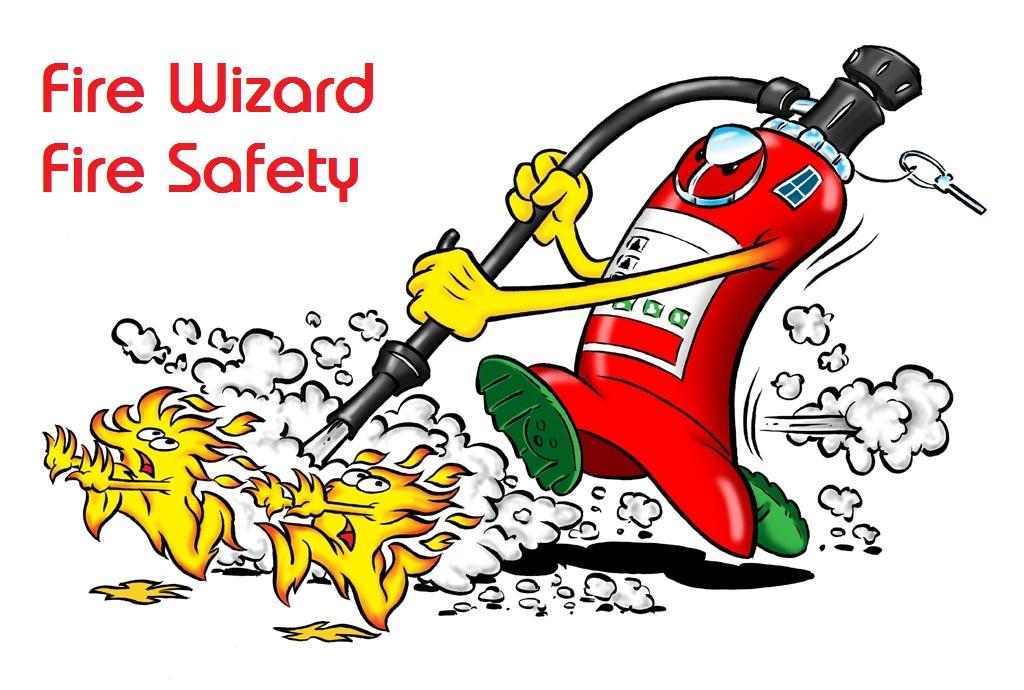-
Posts
2,686 -
Joined
-
Last visited
Everything posted by AnthonyB
-
No, any fire alarm system in a place of work must have two power supplies to meet the Health & Safety (Safety Signs & Signals) Regulations, which usually means mains and battery. You would need all alarms in the relevant area to sound, not just one in a local area. This assumes the bays are not open air and the system isn't a proper BS5839-1 wireless fire alarm system where individual devices have dual battery power.
-
Depends on the make of panel - some have far greater ability for complex C&E than others. It's not by any means beyond possibility though. You could ask on firealarmengineers.com/forum
-

Should emergency lights show a green or red light?
AnthonyB replied to a topic in Emergency Lighting
The single light on a standard EL fitting (green or if a very old unit red) shows the mains supply to the fitting is on and the batteries should be charging, if the unit is still showing it's LED it would imply it's mains feed is still on and the light is fed off a different circuit to the one on the test switch you used......or that something else is wrong. If it has more than one LED then it's likely to be a self testing unit and could have a meaning specific to the fitting. -
You should have a smoke & heat alarm installation which would warn you before the route becomes untenable. How old is the building and it's conversion to current configuration?
-
They need to be blue as a mandatory type sign in order to satisfy Regulation 4(4) and (5) of the Health & Safety (Safety Signs & Signals) Regulations 1996 as defined in SCHEDULE 1 PART 1 "Minimum requirements concerning safety signs and signals at work" It's a moot point as to whether it makes a practical difference as these signs don't include a specific pictogram, older buildings sometimes have the previous style of fire door keep shut sign using a red diamond on white with text in the middle, I certainly don't loose sleep over it - it's better than nothing - so would consider it a low priority compared to other signage issues (including no sign at all).
-
You would expect to find a fire detection & warning system which, depending on how the premises are viewed (HMO, educational sleeping risk, etc), would be a commercial grade system of call points, sounders and detectors linked to a control panel or at the very least interlinked mains smoke & heat alarms, with detection to at least the stair and landings and usually the kitchen and other rooms as well. The stair would usually need to be protected with fire resisting construction & fire doors, exceptionally good fitting normal doors are accepted depending on how the premises are classified. Basically the premises should be set up so that a fire is detected and kept out of the stair with more than sufficient time to escape before the stair itself is compromised. If you have concerns then depending on the status of the premises either the fire service or local authority housing department are the enforcing authority.
-
As long as the cables remain metal clipped in place it shouldn't be an issue. EL cable doesn't need to be fire resistant unless part of a central battery system (not seen much these days)
-
You are, of course, not obliged to follow a particular assessors advice and can seek alternative advice as the legislation is functional and not specific to a particular solution. In addition to chairs there are evacuation mats, managed use of lifts, delayed self evacuation and many more options depending on the individuals needs. You don't mention a lift - do you have one?
-
Not normally, as they are built for evacuation, it's an unusual situation, but the point of the current legislation is functional so as long as you can demonstrate that it would operate safely you could in theory justify it.
-

How do I know if my CO alarm went off because of Carbon Monoxide?
AnthonyB replied to a topic in Carbon Monoxide Alarms
If your CO alarm goes off for for than just a very brief period realistically you should follow the official advice: If your carbon monoxide alarm sounds or you suspect a leak: Stop using all appliances, switch them off, and open doors and windows to ventilate the property Evacuate the property immediately; stay calm and avoid raising your heart rate Call the Gas Emergency number on 0800 111 999 to report the incident, or the Health and Safety Executive (HSE) Gas Safety Advice Line on 0800 300 363 Don't go back into the property; wait for advice from the emergency services Seek immediate medical help; you may not realise you've been affected by the carbon monoxide and going outside into fresh air won't treat any exposure by itself -
They are pretty rubbish fire risk assessors if they can't determine which doors need to be fire doors to protect escapes, maintain compartments and enclose high risk areas! South East is out of my personal area, but as a company we do cover the whole UK
-
It has been known, yes! Hopefully that's all or it's an expensive job!
-
Depends how decorative you need it! https://www.diy.com/departments/doors-and-windows/bandq/fire/_/N-92gZ1z13zsvZ1z1398t?page=2 The door and frame need to be matched ideally as testing and approval is usually as a doorset (whole assembly, door, frame, etc) Check the lease for the block doesn't have conditions on the appearance of the door, it may have to match the others.
-

Is a fire door cut in half still a fire door?
AnthonyB replied to a topic in Fire Doors and Accessories
You are right not to believe him, the fire protection market is awash with chancers wanting to make a quick buck and the doors are likely to not be certified (sadly not illegal) or even recycled (old out of existing buildings). Consult a certified fire door provider who will help you out. -
Yes - https://envirograf.com/ They are specialists in tested and certified methods to upgrade existing heritage doors.
-

Flat fire door for private entrance
AnthonyB replied to Nibarb's topic in Fire Doors and Accessories
If the conversion was Building Regs compliant and is a 'Stay Put' building then ultimately they should be present, but based on the size of premises they are not an immediate requirement (based on the LGA Guide covering fire safety in purpose built flats) If a non compliant conversion and thus using full evacuation then under the LACORS guide they should be FD30S doors with strips & smoke seals -

Flat fire door for private entrance
AnthonyB replied to Nibarb's topic in Fire Doors and Accessories
It's not strictly a requirement in existing rented premises, the legislation (seperate to that within the remit of the FRA) compelling private landlords to provide smoke alarms is vague enough to make the use of Grade F (battery only) smoke alarms legal. If you were to carry out a full rewire then under Building Regulations you would need combined mains & battery alarms (Grade D1 if rented, D2 if owner occupied) The risk assessment is for legislation that doesn't even apply inside your flat beyond measures protecting the common areas and other occupiers (i.e. the front door and in substandard construction buildings parts of a communal fire alarm system) -
It's an identification plug, often used to identify types of fire door, but this isn't to any of the most common designs past or present, I've always wondered too!
-
They can be linked to smoke detectors that do this, yes. It is common practice in sleeping risk premises to shut them all at night however.
-
In theory no, but the closer would need to be linked to automatic fire detection each side of the door in line with the locations stated in BS7273-4
- 68 replies
-
- door closer
- fire door
-
(and 1 more)
Tagged with:
-
It should have a manual valve in all cases and if provided with a fixed suppression system and automatic valve as well that operates if the system is activated. Retrospective provision of automatic release on general alarm isn't required unless insurers or risk assessments indicate. Some buildings will have linked the main gas intake valve to the alarm instead so all gas equipment shuts down not just the kitchens
-
Individual manufacturers often provide guidance, usually the top of the chair frame would be 700 - 800mm from the floor.
-
Without a risk assessment and rationale it's not advisable. That isn't to say it's impossible - several premises are designed for delayed evacuation of certain areas, e.g. larger shopping centres have their security control rooms made of materials with enhanced fire resistance and several similarly enhanced escape routes to allow continued occupation during an alarm so as to monitor and manage any incident and evacuation.
-
Without seeing the premises and finding out a lot more specific information I can't give you specifics, however there are many potential options, too many people fixate on Evacuation Chairs which are not always the most appropriate answer. You would also have to budget for staff training and maintenance, you can't just buy them and stick them on the wall, it's quite a big job to correctly implement the use of mobility aids.
-
No, they are making it up as they go along and I would suggest you put this information to your local Fire & Rescue Service's Protection/Technical Fire Safety department (they all have different names for what used to be the Fire Prevention Department these days!) who would be very interested and no doubt follow this up for you.

